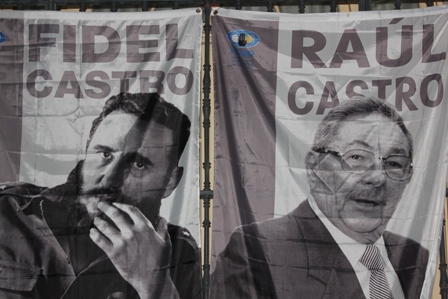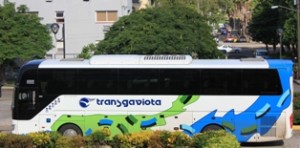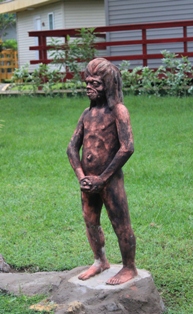NPCA Goes To Cuba! Part I

Last week the first NPCA trip to Cuba took place, an arrangement with Global Exchange, an organization that promotes people-to-people contact. This San Francisco travel group is one of only 12 ways in which the United States permitted to sponsored tours to the island. Twenty-five of us went on this trip, including Glenn Blumhorst, the President & CEO of the NPCA. In all 18 were RPCVs, one was a former HQ staff, there was a former PCV & Staff (me!), a current staff person, and four family/friends. Also the group had one 2015 COS RPCV (Nepal) and 2 RPCVs from the first PCVs to Samoa and Ethiopia.
A second June trip to Cuba is now tentatively planned by the NPCA and in some ways we were the ‘experiment’. Let me say first that traveling with other RPCVs (if you have to go in a group) is the only way to visit a foreign country, especially a place like Cuba which is in many, many ways, a Third World country. RPCVs know how to behave and respond to difficulty situations; they know how to take care of themselves and take care of others. All in all, we had a great time in a country that is not yet ready for prime time.
Having been PCVs, we knew how to be ‘flexible’ which was good as our departure from Miami to Cuba was delayed five hours. We arrived, on flight XP3870 not in  Havana, but Santa Clara, the capital of the province of Villa Clara in the central region of Cuba. From there, we drove several hours to Trinidad, to the province of Sancti Spiritus, a UNESCO World Heritage site, traveling overland on a China-built and very comfortable tour bus.
Havana, but Santa Clara, the capital of the province of Villa Clara in the central region of Cuba. From there, we drove several hours to Trinidad, to the province of Sancti Spiritus, a UNESCO World Heritage site, traveling overland on a China-built and very comfortable tour bus.

What is immediately obvious is that central Cuba (at the end of its summer rainy season) is an island lush and green with rolling hills and valleys, small towns, few cars, fewer trucks, and one major and mostly two-lane highway. We drove in the dark to our first stop, the Hotel Finca Ma Dolores outside the city of Trinidad. It is a hotel made up of small wooden bungalow apartments spread generously over several acres of rolling lawns.
And greeting up on these lawns was this amusing four-foot sculpture.

Welcome to Cuba!
Verr exciting. I hope there is a way that this Peace Corps veteran can join the next trip to Cuba.
Our friends a Swedish couple –a man and a woman–went there in the early 1970’s while Richard and I remained in San Francisco because the anti-gay regime then would not have welcomed us even should our own country (also anti-gay then) have permitted us to travel there. We knew of the horrible repression being experienced in Cuba, but our friends from Stockholm not being gay did not experience live as we did not being directly affected. I don’t recall now them addressing it when they returned to their home. (They had both been employed before reaching San Francisco by I recall as “Guerilla” in Toronto and a book, in Swedish, resulted though I couldn’t read it but did see our two names Edward Mycue and Richard Steger in it.) How did it appear nowadays: did anyone notice or care? I expect not, really. Memento mori. Or don’t. Clarity is important and difficult to experience.
What an excellent group to visit Cuba, RPCVs including a professional writer! I look forward to more reports. Bob Arias may be more knowledgeable that I about Cuba’s efforts to promote public health in Central and South America. My understanding is that Cuba sent doctors and nurses to help establish and strengthen public health facilities in these countries, As importantly, Cuba also trained host country nationals in Cuba to become doctors and nurses.